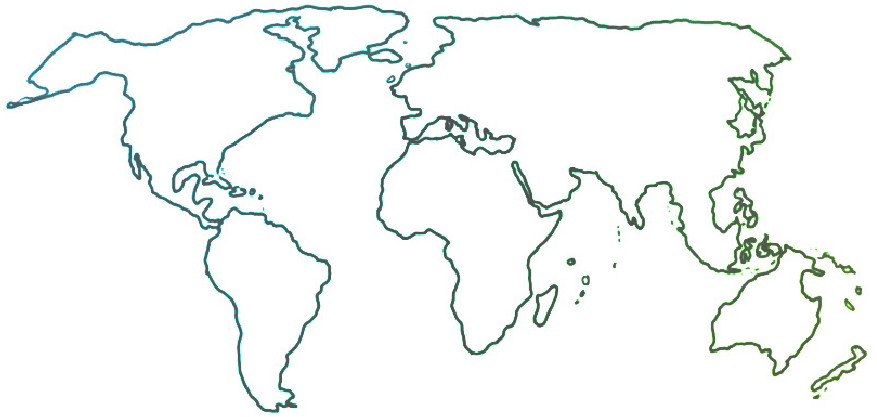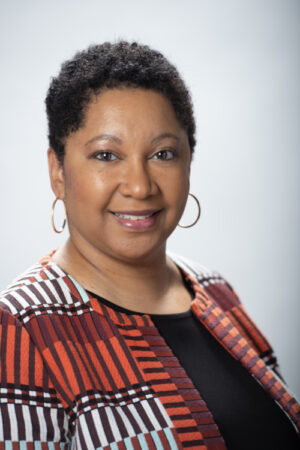
EDITORIAL
Methods Change, but Community Drives Our Field Forward

If music is the universal language that brings people together, one would assume that this truth would hold for music education as well. But often, unfortunately, our field can pull people apart into seemingly oppositional camps. Over the course of my career as an arts education leader, I have witnessed many of these schisms, as well as their resolutions. I’d like to share three such dichotomies here.
What is music education for?
In the early 1990s, I worked for the Boston Music Education Collaborative (a partnership between the BSO, New England Conservatory, and WGBH) whose goal was to bring music to Boston public schools that had no music programming. Ideal partners and a noble purpose: what could be controversial?
We were met with a complete lack of resources—there were not even needles for classroom record players—and no time allocated for arts education. “Non-music” classroom teachers had specific academic goals and timelines, and they were wary of bringing music into their classrooms; they had no music backgrounds and were opposed to anything cutting into their teaching time. Our answer was to try arts integration, pairing music with other subject areas.
This is where the debate began: upholding music’s intrinsic value as paramount versus using music as a tool for kids to achieve other academic successes. The phrase “arts integration” was anathema to those who advocated for the intrinsic value of music; they argued that the arts, already devalued in public education, would be even more so in arts integration scenarios. Arts integration enthusiasts, on the other hand, argued that by demonstrating meaningful connections between music and other subjects, schools would see the benefits of bringing music education back to their curriculum. The debate reached a fever pitch throughout the late ’90s, as programs swung on a pendulum between the two sides.
When culminating student performances began to prioritize cultural traditions over music and musicianship, my colleagues and I realized that our first attempts at music integration had swung too far toward music as a teaching tool. Over time, we pushed performance goals to the forefront, while still connecting the children’s musical experiences to literature, culture, and history.
The music-for-music’s-sake diehards, for their part, came to realize that their conservatory-trained perspective came from a place of privilege that inner city public schools couldn’t afford to emulate. They started to understand our strategy: we used music integration as an entry point, then dove deeper into musical concepts and skill-building.
Who should provide music education?
In the early 2000s, I came to Chicago to serve as director of Ravinia’s Reach Teach Play programs, a wonderful position which I still hold today. At that time, the tension was around who should deliver music education to students. Well-meaning organizations dispatched cohorts of independent teaching artists to make up for the lack of music programs in our public schools.
But music teachers asserted that Chicago public schools were choosing the “cheaper” option of working with arts organizations over certified arts educators. This fear came close to undermining the Ravinia Jazz Mentors, our program that sends professional jazz musicians into high schools for master classes and coaching. But through consistent and deliberate relationship-building, we made sure that school band directors knew they were in charge of their students’ needs. Our Ravinia Jazz mentors were available to provide support, an approach that was being implemented by arts organizations across the country.
This arts organization-versus-arts teachers dichotomy has dissipated in favor of a more collaborative relationship, with certified arts teachers (who should be in every school, offering music education to all students) being supported by arts partners.
What should our field prioritize?
The third dichotomy has been debated within our home territory of El Sistema-inspired programs: equity versus excellence.
I served on the board of El Sistema USA as we were trying to define ourselves. We were all energized by what we saw in Venezuela—hundreds of thousands of young people receiving access to intense musical training. El Sistema electrified our yearning for equity. However, the El Sistema tenet of “excellence” became a sticking point; excellence, and its partner, the Q word (quality), became wrapped up in the concept of elitism. Did excellence mean only the narrow canon of Western European classical music? Did it imply strict adherence to old-school conservatory principles? Who defined excellence, and who was left out?
The answers came from our own experiences with our students. Excellence came to mean continuous progress, refinement, raised expectations, and accomplishment. We witness excellence daily when we believe that our students can achieve excellent musicianship.
Happily, this debate has been resolved in a “yes, and” fashion. The latest strategic plan of ESUSA, recent symposia, and a revised mission statement all reflect the commitment to both equity and excellence. El Sistema-inspired organizations embrace this pairing and strive to provide excellent and equitable music programming to thousands of students.
It has been interesting to see these apparent dichotomies in music education arise, and frustrating to know how much time we spend debating them. However, I’ve come to realize that this “storming and norming” within the music education sphere is inevitable and even necessary. Experience has given us strategies for navigating these dichotomies:
- Mutual Understanding: We try to understand the merits of the opposing approach, while holding true to our ideals about music education.
- Partnership: We partner in supportive ways that enhance complementary programs.
- A “Yes, And” Mentality: We acknowledge that our kids deserve equal access to high quality music education.
Simply hoping for the best is unrealistic, but employing these strategies lets us work through our differences and toward one goal: to provide our students with the best music education programs possible.
Related Content
All Regions, News and Resources, the world ensemble
World Ensemble Day Seeks to Celebrate What’s Unique in Social Change Programs
longy-admin

Africa, Community Building, News and Resources, the world ensemble
AfroCharts Connects Listeners with New Music from African Artists
longy-admin

All Regions, Community Building, Events/Performances, News and Resources, the world ensemble
Make Music Day Calls for All Musicians to Take to the Streets on June 21
longy-admin

All Regions, Community Building, Events/Performances, Gather Together, the world ensemble
Register for the Artists as Changemakers Conference
longy-admin


